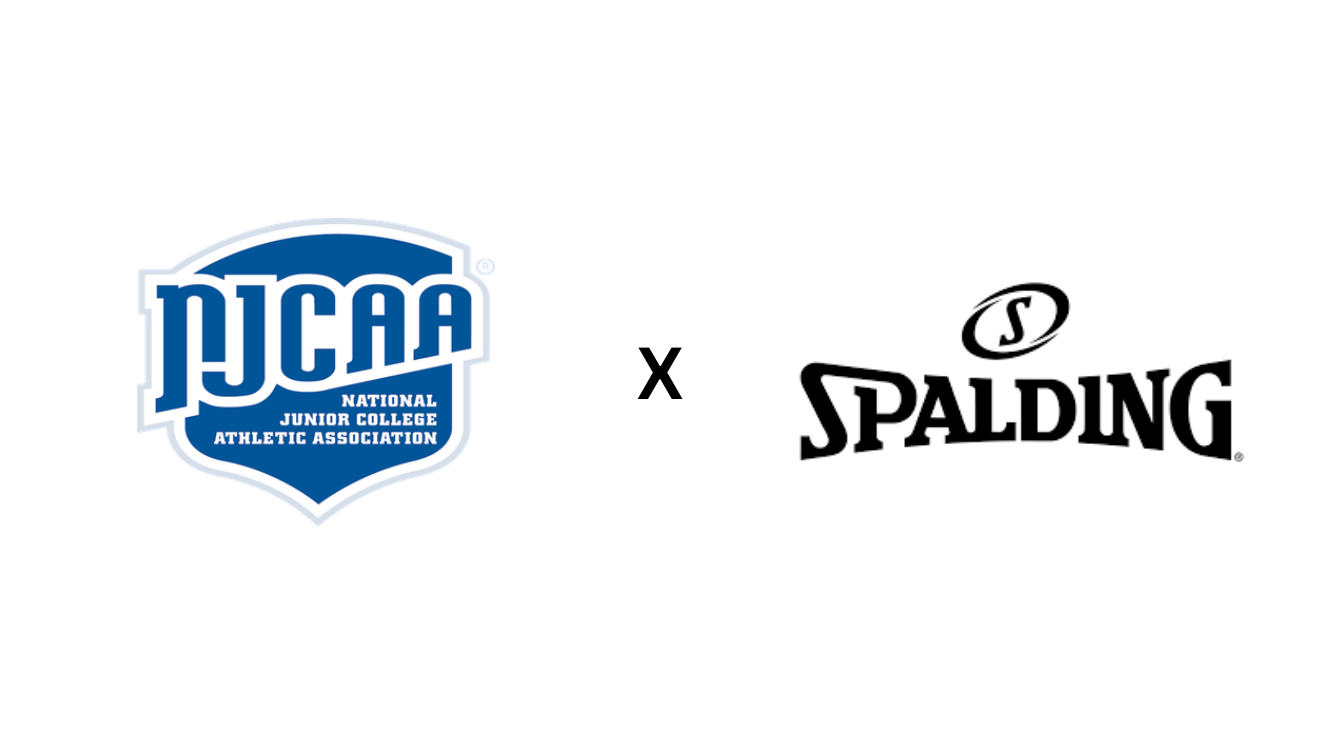HOUSTON, TEXAS (April 15, 2019) – A research brief on new checking rules leading to decreased concussion rates in high school hockey players was presented at the 28th annual meeting of the American Medical Society for Sports Medicine (AMSSM) in Houston.
The National Federation of State High School Associations (NFHS) applied a greater penalty for boarding and checking from behind for the 2014-15 hockey season. The rule change greatly reduced injury rates from checking and Dr. Lauren Nadkarni wanted to see if concussion rates were also affected.
“In the two years after a specific rule change aimed at improved player safety, we found a dramatic decrease in the rates of concussions due to being checked,” Dr. Nadkarni said.
Using an injury database, researchers looked at rates of concussions due to being checked versus other causes of concussions for the three seasons prior to the rule change. In the two seasons after the rule change took effect, there was a 49 percent decrease in the rate of concussions due to being checked. The rate of concussions due to other causes remained unchanged.
Putting in stricter penalties for boarding and checking from behind drastically reduced rates of concussion injuries from being checked, which can have a protective effect on developing brains and reduces time away from sport.
Similar safety rules in high school ice hockey could influence future rule-making for effective injury prevention.
“Rule changes in youth sports don’t always have clear clinical evidence supporting the recommendations,” Dr. Nadkarni said. “We found a significant association between the stricter checking rule and a reduction in concussions. This might support the development of future rule changes in ice hockey.”
About the AMSSM Annual Meeting: The 2019 AMSSM Annual Meeting brings more than 2,000 sports medicine physicians together from throughout the United States and around the world. The meeting theme is, “Small Steps and Giant Leaps in Sports Medicine,” and explores the great accomplishments, evolving technology and the accumulation of new knowledge in the field of sports medicine.
About the AMSSM: AMSSM is a multi-disciplinary organization of more than 3,800 sports medicine physicians dedicated to education, research, advocacy and the care of athletes of all ages. The majority of AMSSM members are primary care physicians with fellowship training and added qualification in sports medicine who then combine their practice of sports medicine with their primary specialty.





 Back
to News
Back
to News